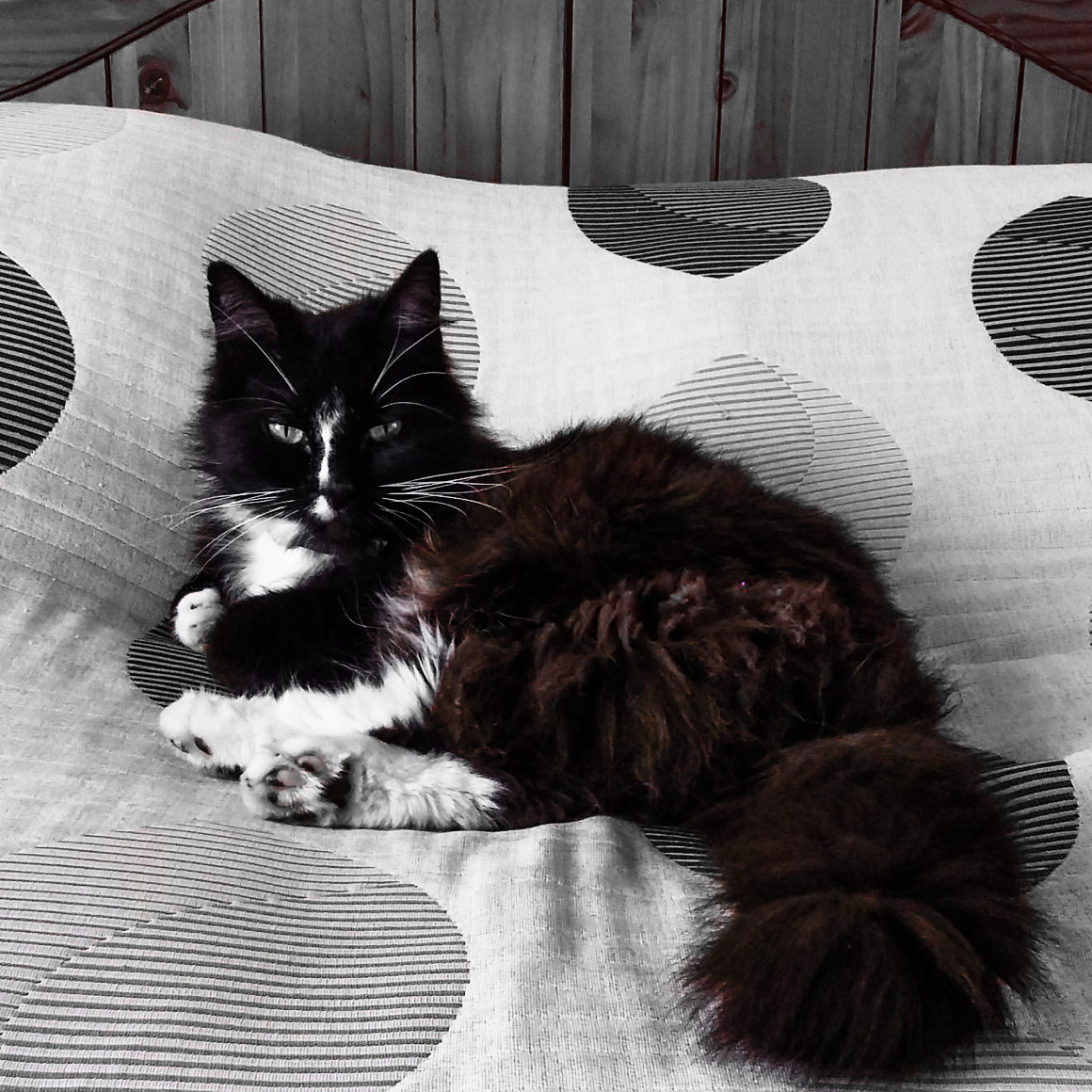
Strange are those moments of contrasting emotions: happy and sad; smiling with tears; deeply in love and deeply immersed in loss. Strange moments, but not uncommon. We are, after all, complex beings. Our fundamental needs may be simple, but our ways to address and fulfill these needs are, more often than not, rather complex.
And so we experience sadness while being happy; we cry out of sorrow even as our heart rejoices in the precious loving encounters of the day. We embrace lightness and feel oh so dearly the weight of darkness. We do not make a choice: we just happen to experience both, at once, and one does not cancel the other. We are happy and we are sad. We are nurtured and we feel alone. This is not a case of “happy, yet sad”, but a case of “happy and sad”. The difference matters: it tells us that there is more to us than meets the eye. It tells us that there are many unfolding stories in us. This simultaneous unfolding of stories makes up a richer melody, albeit a melody whose meaning is harder to decipher. We are asked to pay attention to the high notes and the low notes, respectively and together. We are asked to sing a happy melody with a sad undertone, or a melancholic tune with a happy rhythm. The task is not easy, because our conscious tendency for uniformity and simplicity demands that we choose which emotion to focus on, and mute the other.
What are we to do? We live both. Fully. Without restrictions. We let the flow of emotions be. We take it as it comes. We don’t think about it, nor do we force ourselves to feel it. We just accept that we are happy and sad. We cry and smile, and cry and scream, and cry and laugh. Repeat for as long as it is there. We allow ourselves to be ourselves, no more, no less.
And then, slowly, something happens. A shift. A readjustment. A new alignment. A smile that seems more enduring. A tear that seems to carry that much more sorrow. There, finally, we understand. We understand why these emotions manifest now, in that way. And further, we understand the subtle dance between these two contrasting emotions. They are partners, somehow. They are together, and they are distinct. They just know that they do not need to oppose one another. They come from the same place, the same soul. That soul, that self that we are, uniquely. That soul that had stuff to express, to manifest, to bring to consciousness, to evacuate. If we have the patience to listen, to feel without forcing a conclusion, to live without seeking a rational explanation, then we naturally, organically transcend the experience of contrast to find meaning. In finding meaning, we find ways to turn emotions into energy, and to use that energy to create, to generate, and to become.
Notice how you apprehend contrasting emotions you may feel at a given moment. Do you name them? Do you rush to favour one over the other? Do you repress them?
See if you can stay with both, experiencing both. Observe the dance, the dialogue. Adopt the conscious posture of the sensitive spectator, so that you can hear the nuances when they start emerging. Listen, feel, without forcing. Let it flow. Listen through your body and your intuition, rather than your mind. Then, notice the cues and start unveiling the full story, your story.

